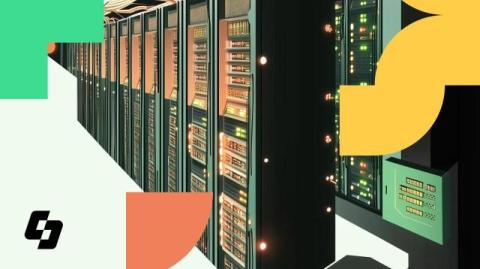How to Set Idle Timeouts | Apache Flink in Action
This video covers setting an idle timeout on a watermark generator when joining data in Apache Flink. This can be used when you have two streams, one that has frequent updates, and one that has infrequent updates, and you need to join data without waiting for a fresh watermark from the infrequent one.











